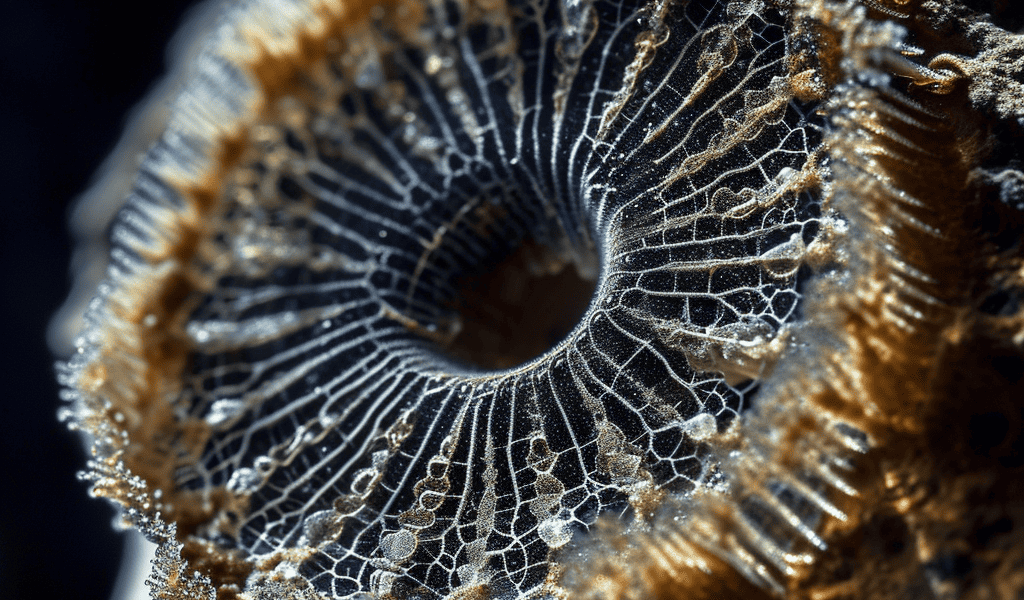Recent discoveries in the field of paleobiology have provided new insights into the early evolution of cyanobacteria and the emergence of oxygenic photosynthesis on Earth. A study published in Nature presents the oldest direct evidence of thylakoid membranes in ancient fossil cells, shedding light on the timing of the divergence of thylakoid-bearing cyanobacteria.
The research, conducted by Catherine F. Demoulin, Yannick J. Lara, Alexandre Lambion, and Emmanuelle J. Javaux, focuses on the analysis of cylindrical microfossils from the McDermott Formation in Australia and specimens from the Grassy Bay Formation in Canada. These findings extend the fossil record of cyanobacteria by at least 1.2 billion years, providing a minimum age for the divergence of thylakoid-bearing cyanobacteria at roughly 1.75 billion years ago.
Oxygenic photosynthesis, a process unique to cyanobacteria and their plastid relatives within eukaryotes, played a pivotal role in shaping the Earth’s redox chemistry and influencing the evolution of the biosphere. The accumulation of oxygen resulting from this photosynthetic process had profound implications for the development of complex life on our planet.
The discovery of thylakoid membranes in these ancient fossil cells offers a new redox proxy for studying early Earth ecosystems and provides a clearer understanding of the coevolution of the planet and life. By examining the ultrastructure of these fossil cells, researchers can decipher their palaeobiology and gain valuable insights into the early evolution of cyanobacteria.
This groundbreaking research underscores the significance of paleobiological studies in unraveling the mysteries of early life on Earth and highlights the potential for further discoveries that could reshape our understanding of the planet’s ancient ecosystems.





